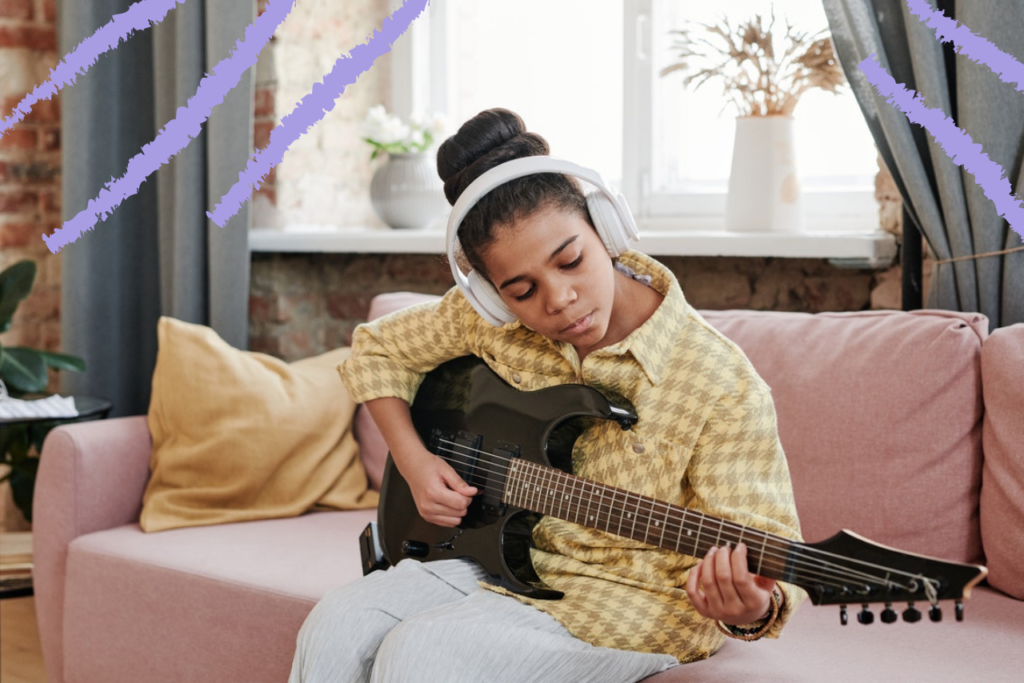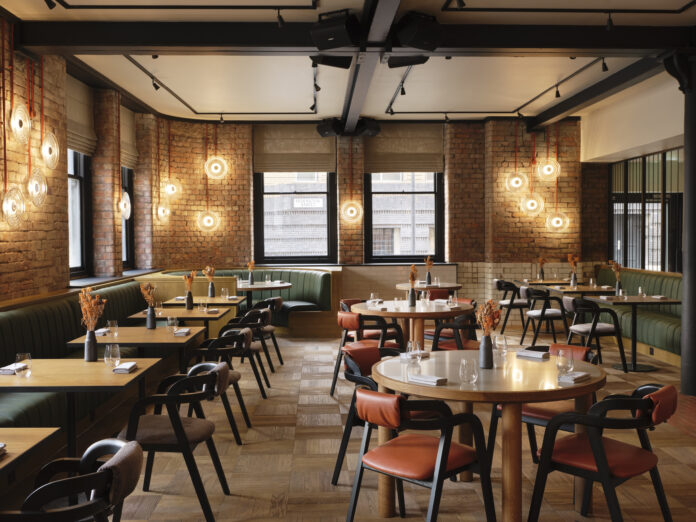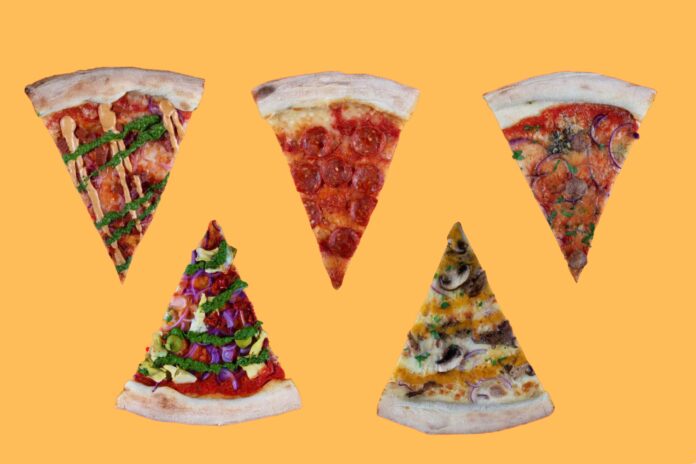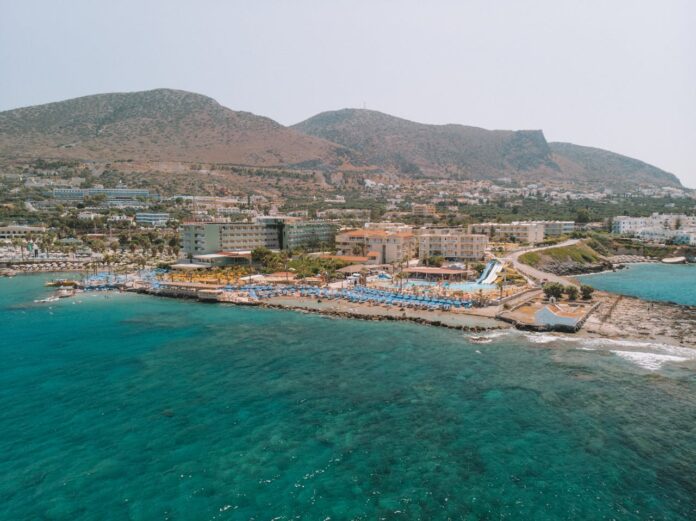Have you ever wondered how Prince made his guitar sound like it was gently weeping during his legendary Super Bowl halftime show? Or, how Jay-Z’s transition from a ramshackle, acoustic Wonderwall to an overdrive-laden 99 Problems at Glastonbury 2008 managed to pack so much power?
Rather than relying on the skills of the guitarist alone, so much of the allure of a great band’s dramatic, enveloping sound is actually down to the effects they use. And how are these effects achieved? Through guitar pedals, of course.
If you’re a beginner who’s first getting to grips with the nuances of the fretboard, or a budding guitarist looking to reach beyond C, G, Am, F, then you’ve come to the right place to take your sound to the next level. Here’s an overview of the different types of guitar pedal that every budding guitarist needs.
GAIN BOOST
These pedals are some of the most popular out there, changing your guitar’s sound from something tepid into something packing a serious punch. Generally, gain boost pedals were designed for a high-impedance guitar signal, and as the name suggests, these pedals enhance the signal to strike amplifiers and overdrive effects so they can be pushed into that powerful sweet spot beloved of those bands on the heavier end of the spectrum. For those learning guitar, this is one of the first effects you’ll likely become familiar with.
Gain boost pedals (often called ‘distortion’ pedals, though actually a different effect altogether) are also, arguably, the most straightforward on the market, with a single button often determining whether they’re active or not. In terms of simplicity, one of the best on the market is the MXR Micro Amp Gain Boost Pedal, and it clocks in at under £100.
Furthermore, these pedals are a great compensation for signal loss over extended cable runs or long effects pedal chains. The majority of gain boost pedals come with single volume control and are often mixed with overdrive effects. Speaking of which…
OVERDRIVE
It’s safe to say that these guitar pedals pick up where gain boost pedals have left off, and admittedly, there’s a huge amount of overlap between these two types of pedal.
Overdrive pedals encourage the breakup you usually get when you press an amplifier to the point where it begins to distort, mimicking the distortion and compression intensity based on arriving volume, but offering a more complete, realised sound.
Now, a lot of overdrive pedals, such as the Ibanez Tube Screamers, utilise ‘dirty’ boosts, and they usually add a bit of texture and colour as well while driving the amplifier’s preamp. That said, the guitar experts at https://www.allstringed.com/guitar-gear-reviews/best-overdrive-pedal/ are keen to emphasise that there are two gain stages in a class overdrive.; the first one is the input volume and the second, the output volume. Many guitarists choose to pair two overdrive pedals, back to back, for a crisper, more unique tone.
DISTORTION PEDALS
Sometimes, the discrepancies between a distortion pedal and a gain boost pedal aren’t immediately clear, but in basic terms, a distortion pedal takes the signal from the guitar and distorts it, adding crunch and volume to maintain the sound.
Furthermore, this effect is frequently employed in the chorus of the songs for a contrasting sound to the natural tone that the guitar generally produces in the verses, driving the melody forward and making that particular section of the song stand out in the listener’s mind.
Now, those who are not too familiar with the world of pedals and effects oftentimes think distortion is the same as overdrive or fuzz pedal. However, seasoned guitar players may well deploy all pedals to achieve their optimum sound, with the level of intensity provided by each different pedal the main distinction.
Generally speaking, a boost pedal will provide a fairly minor, transparent amount of gain, with little clipping apparent, whilst an overdrive pedal offers a medium amount of gain and a little more clipping. Distortion pedals, such as the Boss JB-2 Angry Driver, offer a harder, more aggressive level of clipping. Finally, fuzz pedals bring with them extreme levels of gain and hard clipping. The choice, ultimately, is yours.

FUZZ
Speaking of fuzz, these pedals utilise extreme clipping to transform your signal and turn it into a square wave. All of this makes for huge amounts of harmonic saturation, however, it then minimizes the intensity of the fundamental, making for a heavy, often disorientating sound.
There are many brilliant fuzz pedal models on the market, but perhaps the most revered of all is the Electro Harmonix Big Muff, which has been around for decades but is still very popular among experienced guitar players.
Jimi Hendrix is one of the fuzz pedal’s most devoted disciples; he was a particular fan of the Dallas Arbiter Face pedal that came with the pair of germanium transistors He used this on his classic live album Band of Gypsys.
REVERB PEDALS
For those of you who already have an amplifier, it is highly likely that it comes with built-in reverb effects, which means that it’s not always necessary for you to have a pedal. On the other hand, there are amplifiers that don’t offer the option to turn reverb on and off at will through the use of a foot pedal, in which case, you’ll need a dedicated pedal.
When it comes to a reverb pedal, you’ll be provided you with an amazing echo effect that generally gives your instrument much more weight. Just think of the spectacular, immersive sound you hear every time you enter the cave or church; this is what a reverb pedal brings to the table.
Now, if you want to accomplish exactly the same effect, you can always turn the reverb all the way up, though it does reach a point where that cavernous effect begins to sound a little silly. Deploy with caution, however, and you can bring real atmosphere to your guitar playing.
COMPRESSION
As a type of signal processor, these guitar compressors are pretty similar to the ones you come across in the studio. What’s their role? Namely, they were designed to detract the volume of signal that is louder than it’s supposed to be, reducing the dynamic range.
Now, if the compressor kicks in fast and enhances the output, effectively making the most silent sound almost as loud as the loudest one, then you get a great effect that is perfect for solos. On the other hand, if it kicks in right after a short delay, enabling unaffected transients to go without gain decrease, then the effect you’ll be getting is great for that classic staccato sound known as chicken picking, as well as other styles that are a bit more articulated.

WAH PEDALS
The name may sound a little strange at first, but this pedal is actually named after the “wah” noise that this pedal makes when compressed and decompressed when playing a guitar solo. If you start repeating the sound “Wah, Wah, Wah” slowly, you might get a similar sound to those that these pedals produce.
Or, simply imagine a baby crying but in slow motion; that’s the sound that you’ll be getting from wah pedals. Not exactly selling it, are we?
Perhaps we’ll go back to Jimi Hendrix, one of the most awe-inspiring guitarists to ever grace the stage. This wah-wah sound was perfectly captured in his famous hit Voodoo Child, and is often utilized in rock and funk solos due to its distinctive effect. The most popular Wah pedals are those that fall under the Jim Dunlop Crybaby Wah bracket, incidentally.
THE BOTTOM LINE
If you are relatively new to the world of guitar playing, then the above are your entry level pedals, ideal for imitating the expansive, inspiring sound of your guitar heroes. We can’t wait to hear your next guitar solo live and in concert!





